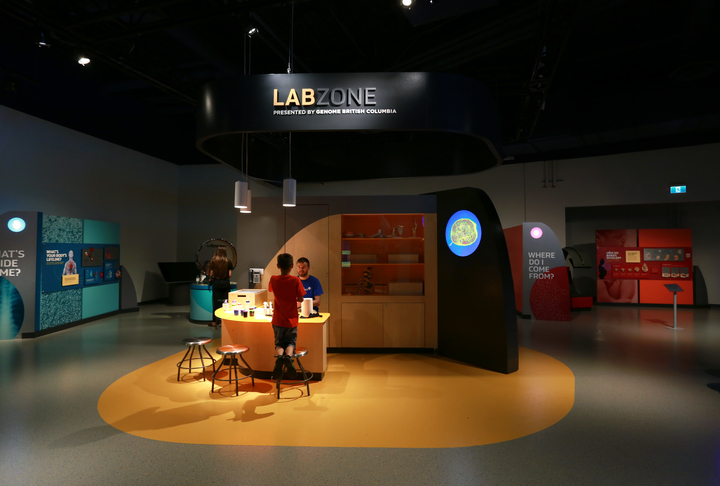In this activity, students learn about scabs, as they make fake ones.
Most people would agree that scabs aren't very appealing, but have a critical job in our bodies. Without scabs, germs could enter our bodies through open cuts and scrapes. A scab is a special cover created by our blood to prevent germs from getting into our blood and circulatory system while the skin re-forms underneath.
Blood has 4 main components:
- Plasma: ~55% of total blood volume
- Red blood cells (erythrocytes): ~44% of blood by volume
- White blood cells (leucocytes): remaining blood volume
- Platelets (thrombocytes): remaining blood volume
Plasma is the liquid portion of blood, composed of 90% water, salts, lipids and hormones, especially rich in proteins (mainly albumin), immunoglobulins (antibodies), clotting factors and fibrinogen. Plasma functions in transporting blood cells and nutrients; regulating the body’s water and mineral; irrigating tissues; defending against infections; and coagulating blood.
Red blood cells carry oxygen from the lungs to body tissue.
White blood cells function in immunity by engulfing "invaders" in the body and platelets, are suspended in plasma.
In combination with platelets, clotting factors, proteins and enzymes in plasma control hemorrhaging (bleeding; when blood exits an artery, tissue or vein).
When a blood vessel is broken platelets bind to the edges of the cut and to each other and trigger the enzyme thrombin to catalyse the formation of the protein fibrin from fibrinogen in the plasma.
Fibrin forms tough insoluble strands, bonding platelets and red blood cells into a clot at the hemorrhage site to block bleeding. It is the platelets and weblike structure of fibrin strands that form the bulk of a scab.
Creating fake scabs is creative way to cement in the ideas of the structure and function of blood, clotting and scabs in blood's role in protecting the body.
Fake scabs are a great creative addition to costumes! Use extra caution when heating and pouring wax, and remind students never to pour extra wax down the sink! An extra pair of adult hands is useful for this activity.


